When it comes to remodeling or designing a bathroom, homeowners and interior designers alike often search for versatile and durable options that can elevate both the functionality and aesthetics of the space. Look no further than bathroom ceramic tiles – a popular choice that seamlessly combines durability, style, and functionality. In this comprehensive guide, we will explore the various aspects of bathroom ceramic tiles, from their benefits and types to installation tips and maintenance guidelines. Benefits of Bathroom Ceramic Tiles: 1. Durability: Ceramic tiles are known for their exceptional durability and can withstand heavy foot traffic, moisture, and humid conditions often found in bathrooms. They are resistant to scratches, stains, and fading, ensuring that your bathroom stays looking fresh and stylish for years to come. 2. Versatility in Design: Ceramic tiles offer an extensive range of designs, sizes, colors, and finishes, making it easier than ever to find the perfect fit for any bathroom style or theme. From classic to contemporary, ceramic tiles can effortlessly complement any aesthetic vision.

.
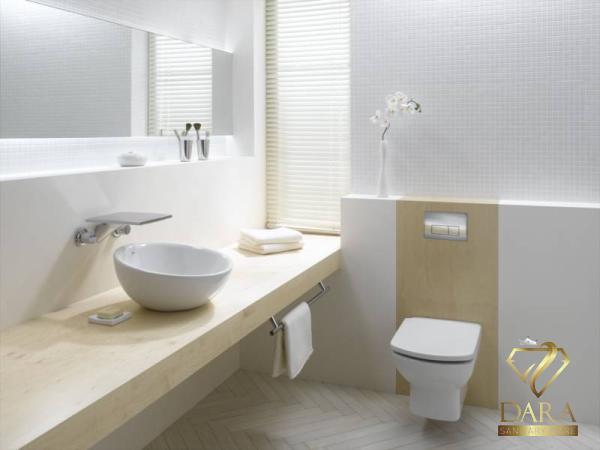 3. Easy Maintenance: Thanks to their non-porous surface, ceramic tiles are easy to clean and maintain. Regular sweeping and occasional mopping are all it takes to keep your bathroom tiles looking pristine. Additionally, ceramic tiles are resistant to mold and mildew, minimizing the risk of any health hazards. Types of Bathroom Ceramic Tiles: 1. Floor Tiles: One of the most common uses of ceramic tiles in a bathroom is as flooring material. Choose from a wide range of sizes and finishes to create a functional and visually appealing bathroom floor that complements the overall design. 2. Wall Tiles: Wall tiles add texture and sophistication to bathroom walls, making it an excellent option for creating stylish backsplashes or shower enclosures. Consider combining different tile shapes, sizes, and colors to create a unique and eye-catching design. 3. Shower Tiles: Ceramic tiles are the perfect choice for shower areas due to their resistance to moisture and humidity. Opt for slip-resistant tiles that offer safety without compromising on style, creating a spa-like experience in your bathroom.
3. Easy Maintenance: Thanks to their non-porous surface, ceramic tiles are easy to clean and maintain. Regular sweeping and occasional mopping are all it takes to keep your bathroom tiles looking pristine. Additionally, ceramic tiles are resistant to mold and mildew, minimizing the risk of any health hazards. Types of Bathroom Ceramic Tiles: 1. Floor Tiles: One of the most common uses of ceramic tiles in a bathroom is as flooring material. Choose from a wide range of sizes and finishes to create a functional and visually appealing bathroom floor that complements the overall design. 2. Wall Tiles: Wall tiles add texture and sophistication to bathroom walls, making it an excellent option for creating stylish backsplashes or shower enclosures. Consider combining different tile shapes, sizes, and colors to create a unique and eye-catching design. 3. Shower Tiles: Ceramic tiles are the perfect choice for shower areas due to their resistance to moisture and humidity. Opt for slip-resistant tiles that offer safety without compromising on style, creating a spa-like experience in your bathroom.
..
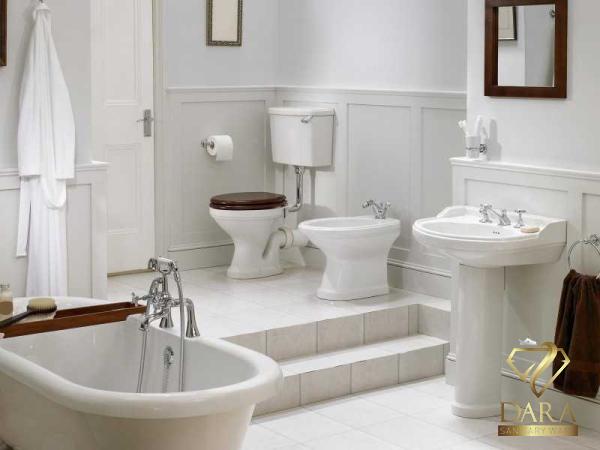 Installation Tips: 1. Proper Subfloor Preparation: Before installing ceramic tiles, ensure that the subfloor is clean, dry, and level. Any imperfections can lead to uneven tiles and an overall poor finish. 2. Professional Installation: While some homeowners may choose to install ceramic tiles themselves, enlisting the help of a professional is recommended. Their expertise ensures proper tile placement, reduces the risk of damage, and produces a high-quality finish. 3. Grouting and Sealing: After tile installation, it is crucial to apply grout and sealant to enhance durability and prevent water damage. Regularly check and reseal the grout to maintain its integrity over time. Maintenance Guidelines: 1. Regular Cleaning: Sweep or vacuum bathroom ceramic tiles regularly to remove dirt and debris.
Installation Tips: 1. Proper Subfloor Preparation: Before installing ceramic tiles, ensure that the subfloor is clean, dry, and level. Any imperfections can lead to uneven tiles and an overall poor finish. 2. Professional Installation: While some homeowners may choose to install ceramic tiles themselves, enlisting the help of a professional is recommended. Their expertise ensures proper tile placement, reduces the risk of damage, and produces a high-quality finish. 3. Grouting and Sealing: After tile installation, it is crucial to apply grout and sealant to enhance durability and prevent water damage. Regularly check and reseal the grout to maintain its integrity over time. Maintenance Guidelines: 1. Regular Cleaning: Sweep or vacuum bathroom ceramic tiles regularly to remove dirt and debris.
…
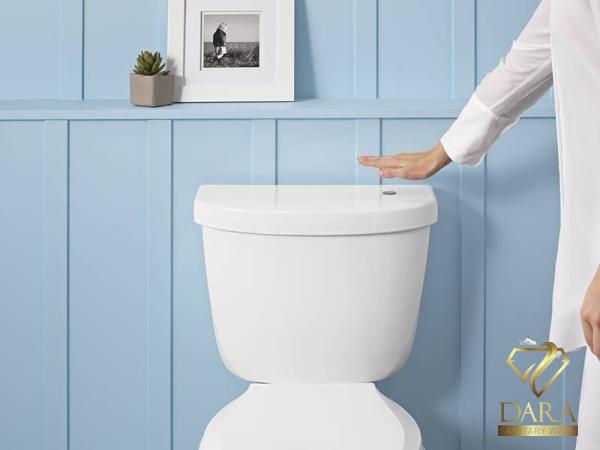 Clean with a non-abrasive cleaner and avoid harsh chemicals that can damage the tiles and grout. 2. Stain Removal: Promptly address any spills, stains, or marks on ceramic tiles. Use a mild detergent or a vinegar-water solution for stubborn stains, followed by a rinse with clean water. 3. Preventing Damage: Avoid dropping heavy objects on the tiles, as they can cause cracks or chips. Use felt pads under furniture legs to prevent scratching or damaging the tiles. Conclusion: Bathroom ceramic tiles offer a perfect blend of style, durability, and easy maintenance, making them an ideal choice for any bathroom renovation or design project. Whether you’re looking to revamp the entire space or add a touch of elegance to specific areas, ceramic tiles provide versatility and aesthetic appeal that can transform any ordinary bathroom into a luxurious haven. Invest in quality ceramic tiles, hire a professional for installation, and enjoy the timeless beauty and durability they bring to your bathroom space.
Clean with a non-abrasive cleaner and avoid harsh chemicals that can damage the tiles and grout. 2. Stain Removal: Promptly address any spills, stains, or marks on ceramic tiles. Use a mild detergent or a vinegar-water solution for stubborn stains, followed by a rinse with clean water. 3. Preventing Damage: Avoid dropping heavy objects on the tiles, as they can cause cracks or chips. Use felt pads under furniture legs to prevent scratching or damaging the tiles. Conclusion: Bathroom ceramic tiles offer a perfect blend of style, durability, and easy maintenance, making them an ideal choice for any bathroom renovation or design project. Whether you’re looking to revamp the entire space or add a touch of elegance to specific areas, ceramic tiles provide versatility and aesthetic appeal that can transform any ordinary bathroom into a luxurious haven. Invest in quality ceramic tiles, hire a professional for installation, and enjoy the timeless beauty and durability they bring to your bathroom space.
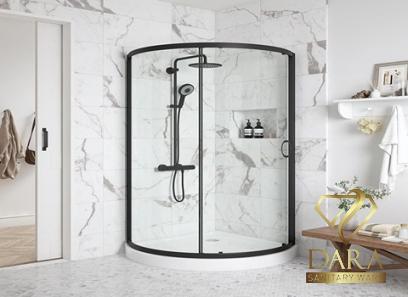
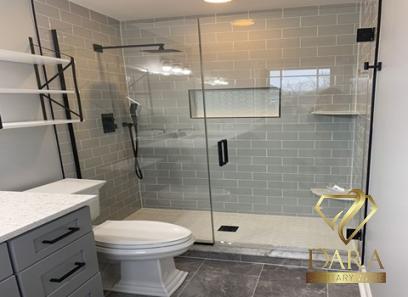
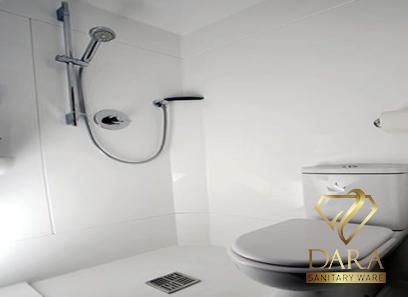
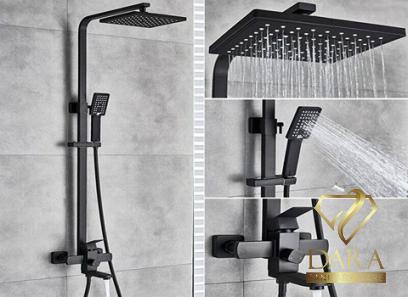

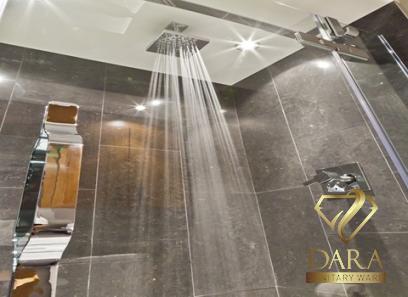
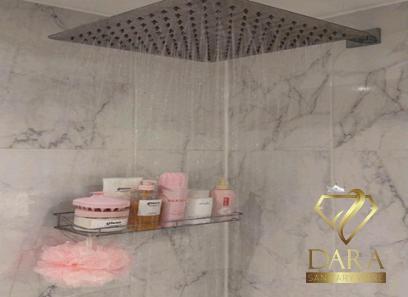

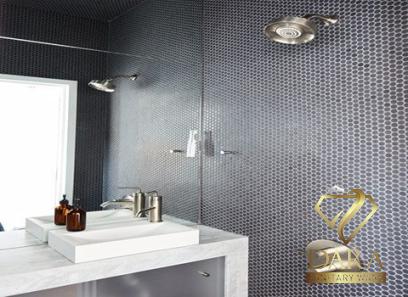
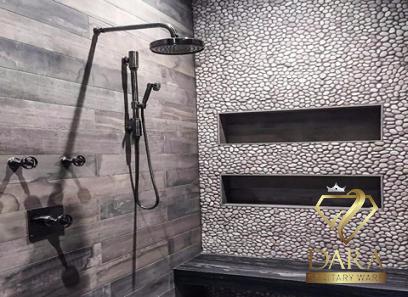
Your comment submitted.